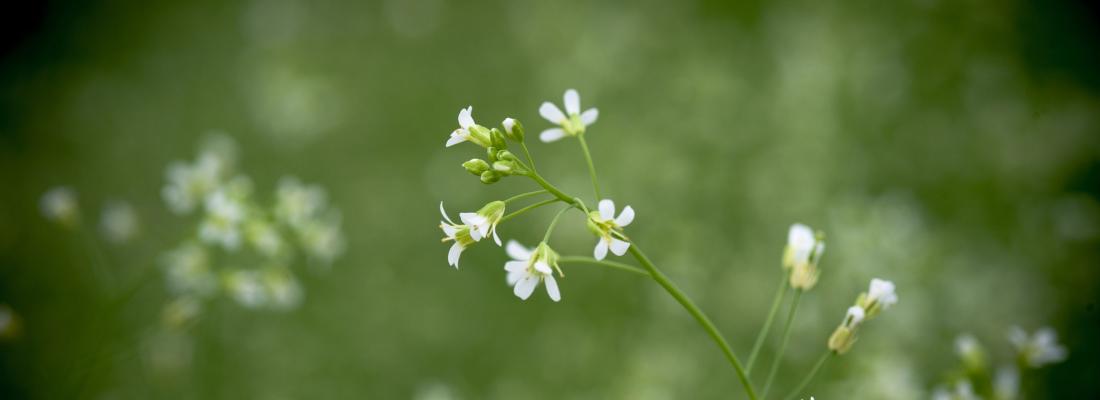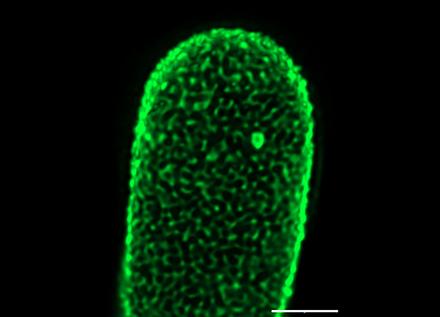Agroecology Reading time 2 min
New insights into the secret of plant growth
Published on 10 November 2023

Plants have the extraordinary ability to use solar energy to convert atmospheric CO2 into sugars. These sugars constitute an almost inexhaustible source of energy and also serve as building blocks.
With these blocks, plants build a rampart around each cell: the cell wall.
This wall acts both as a protective barrier and as a support for a pressurised skeleton. The latter lends rigidity to the plant's organs, like an inflatable mattress. In fact, the wall is so strong that it can withstand considerable pressure inside the cell, up to 10 times that of our atmosphere. Surprisingly, the presence of this wall does not prevent the cells from enlarging as the plant grows.
So the following question arises: how can this wall grow without losing its integrity, which would cause the cell to explode? To understand this mechanism, the scientists analysed the assembly process of this wall in detail.
To this end, they studied the growth of the pollen tube of thale cress, a popular model plant. Its cell wall comprises two major components, namely fibres and a matrix, mainly made up of pectins. Pectins are well known for their role as gelling agents in jam-making!
An INRAE team had already discovered that once deposited in the wall, pectins swell following a chemical transformation, allowing the wall to expand.
Now the same team has shown that these swollen pectins, covered with negative charges, behave like small magnets. And magnets attract each other, negative with positive. In this case, the positive charge that binds to these pectins are proteins in the wall. This creates a network that gives the wall its strength and extensibility.
In plants in which this protein is altered, the network does not form and during growth the pollen tube explodes under the pressure of the cells.

These results are fundamental to our understanding of plant growth mechanisms. They are also of great importance for modelling and predicting the effects of environmental changes on the growth of cultivated plants.
RESULTS FOR THE FUTURE
Thanks to these results, researchers are currently developing numerical models to simulate and predict plant growth and morphogenesis as a function of changes in the environment, such as those associated with climate change. More reliable models can be built with an explicit biophysical mechanism for cell growth.
REFErence
Moussu S. et al. (2023). Plant cell wall patterning and expansion mediated by protein-peptide-polysaccharide interaction. Science 382,719-725(2023). DOI: https://doi.org/10.1126/science.adi4720
